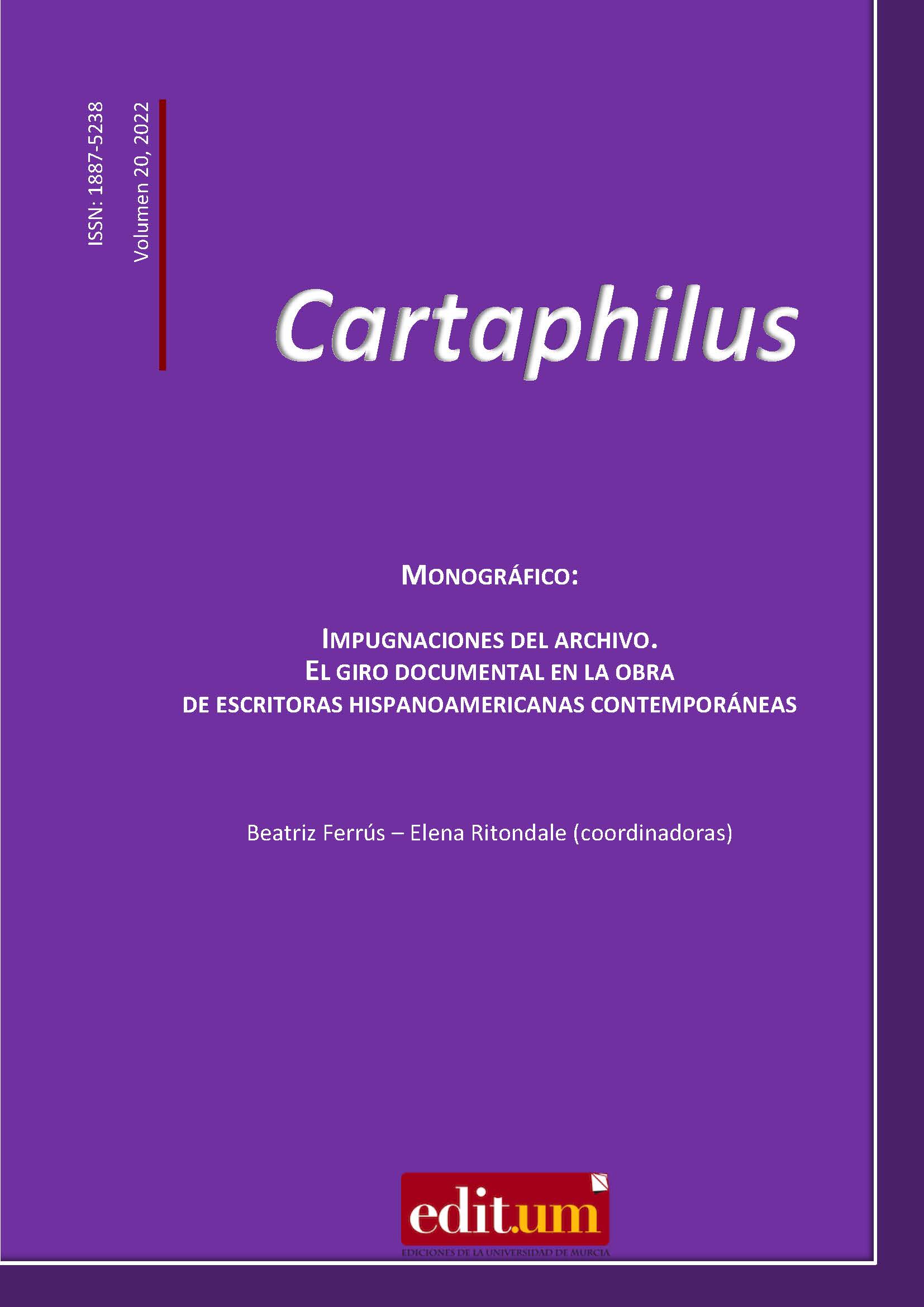Ofelia: an aesthetic figure from a feminist perspective
Abstract
The character of Ophelia has inspired multiple artistic representations and feminist critiques. I aim to contribute to the interest aroused by Ophelia by showing her as a heroine who draws a world like a prison which, with her death, she faces more drastically than Hamlet. In the introduction, I will analyze the character's evolution in Shakespeare's work using the Aguilar edition. In the second part, I will present a feminist reading of Ophelia. In conclusion, against feminist readings that place her in a fictional story or that portray her only as a victim of patriarchy, I will show her as a disengaged heroine who speaks to us of our human condition.
Downloads
-
Abstract1705
-
PDF (Español (España))715
References
Bosh, Rafael (1967): “Galdós y la teoría de la novela de Lukács”. Anales Galdosianos, 2, 170-183.
Capona, Daniela (2004): Ofelia o el mal imaginario. Estudio de la evolución del personaje de Ofelia en tres obras dramáticas desde una mirada de género (Tesis doctoral). Universidad de Chile: Chile.
Claramonte, Jordi (2015): Desacoplados: Hamlet o Ética para unicornios. Madrid: Editorial Uned.
Dane, Gabrielle (2013): “Reading Ophelia´s Madness”. Exemplaria, 10., 2, 405-423.
Figueroa, Gustavo (2015): “El camino a la locura: Ofelia en el arte de Shakespeare”. Revista Chilena de Neuro-Psiquiatría, 53., 3, 196-204.
Greelane (2019): Un análisis feminista del Hamlet de Shakespeare, octubre, 2019, Recuperado de https://www.greelane.com/es/humanidades/literatura/ hamlet-a-feminist-argument-740000/
Greenblatt, Stephen (2013): Hamlet in Purgatory. Princeton: Princeton University Press.
Guerra, Teresa (2002): “Ofelia, una heroína diferente y otras cuestiones de Hamlet”. Philologica canariensia, 8-9, 151-164.
Jarazo, Rubén (2011): “Una pasión común: Referencias botánicas en el Hamlet de William Shakespeare y Álvaro Cunquiero”. Garoza: revista de la Sociedad Española de Estudios Literarios de Cultura Popular, 11, 139-148.
Levi-Strauss, Claude (1971): The Elementary Structures of Kinship. Boston: Beacon Press.
Macari, Guido (2020): “Retrato de Ofelia: El personaje de Shakespeare que obsesionó a los pintores del siglo XIX”. Latercera. Recuperado de https://www.latercera.com/culto/2020/11/20/retrato-de-ofelia-el-personaje-de-shakespeare-que-obsesiono-a-pintores-del-siglo-xix/
McManus, Clare (2016): Shakespeare and Gender: The Woman’s Part. The British Library. Recuperado de https://www.bl.uk/shakespeare/articles/shakespeare-and-gender-the-womans-part
Millett, Kate (1995): Política sexual (Bravo, Ana Mª). Madrid: Cátedra.
Nicolás, Elena (2014): “Análisis del personaje de Ofelia en Hamlet de Shakespeare”. El coloquio de los perros. Recuperado de https://elcoloquiodelosperros.weebly.com/artiacuteculos/analisis-del-personaje-de-ofelia-en-hamlet-de-william-shakespeare
Osorio, Jorge (2008): “El juego del mundo en Hamlet”. Polis: Revista de la Universidad Bolivariana, 19, 1-6.
Rodríguez, Mª Mar (2018): “¿Ser o no ser Ofelia?: El rol femenino en Hamlet desde su desenvolvimiento dramático y social”. Alpha, 46, 251-261.
Rubin, Gayle (1975): “The Traffic in Women: Notes on the “Political Economy of Sex”, en Reiter, Rayana (comp.): Toward on Anthropology of Women (pp. 157-210). New York: Montly Review Press.
Ryan, Kiernan (2016): Hamlet and Revenge. The British Library. Recuperado de http://www.bl.uk/shakespeare/articles/hamlet-and-revenge
Shakespeare, William (1989): Obras completas (Astrana, Luis). Madrid: Aguilar.
Showalter, Elaine (2017): Ophelia, Gender and Madness. The British Library. Recuperado de https://www.bl.uk/shakespeare/articles/ophelia-gender-and-madness
Valcárcel, Amelia (2012): La política de las mujeres. Madrid: Feminismos.
Copyright (c) 2023 Marta Vaamonde Gamo

This work is licensed under a Creative Commons Attribution-NonCommercial-NoDerivatives 4.0 International License.
Works published in this journal are subject to the following terms:
1. The Servicio de Publicaciones of the University of Murcia (the publisher) reserves the copyright of the published works and encourages and allows their reuse under the usage licence indicated in point
© Servicio de Publicaciones, Universidad de Murcia, 2015
2. Works are published in the electronic edition of the journal under a Creative Commons Reconocimiento-NoComercial-SinObraDerivada 4.0 International licence (legal text). They may be copied, used, disseminated, transmitted and publicly displayed, on condition that: i) the author and original source of the publication are cited (journal, publisher and URL of the work); ii) the material is not used for commercial purposes; iii) the existence and specifications of this licence for use are mentioned.

3. Self-archiving conditions We allow and encourage authors to electronically disseminate the preprint versions (the pre-review version) and/or post print (the version that has been reviewed and accepted for publication) of their works before they are published as this encourages earlier circulation and dissemination and so a potential increase in their citation and impact in the academic community.




